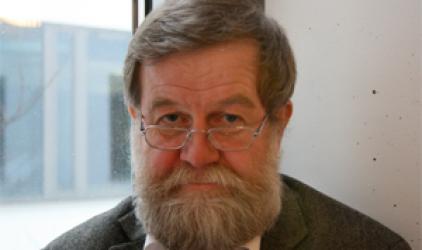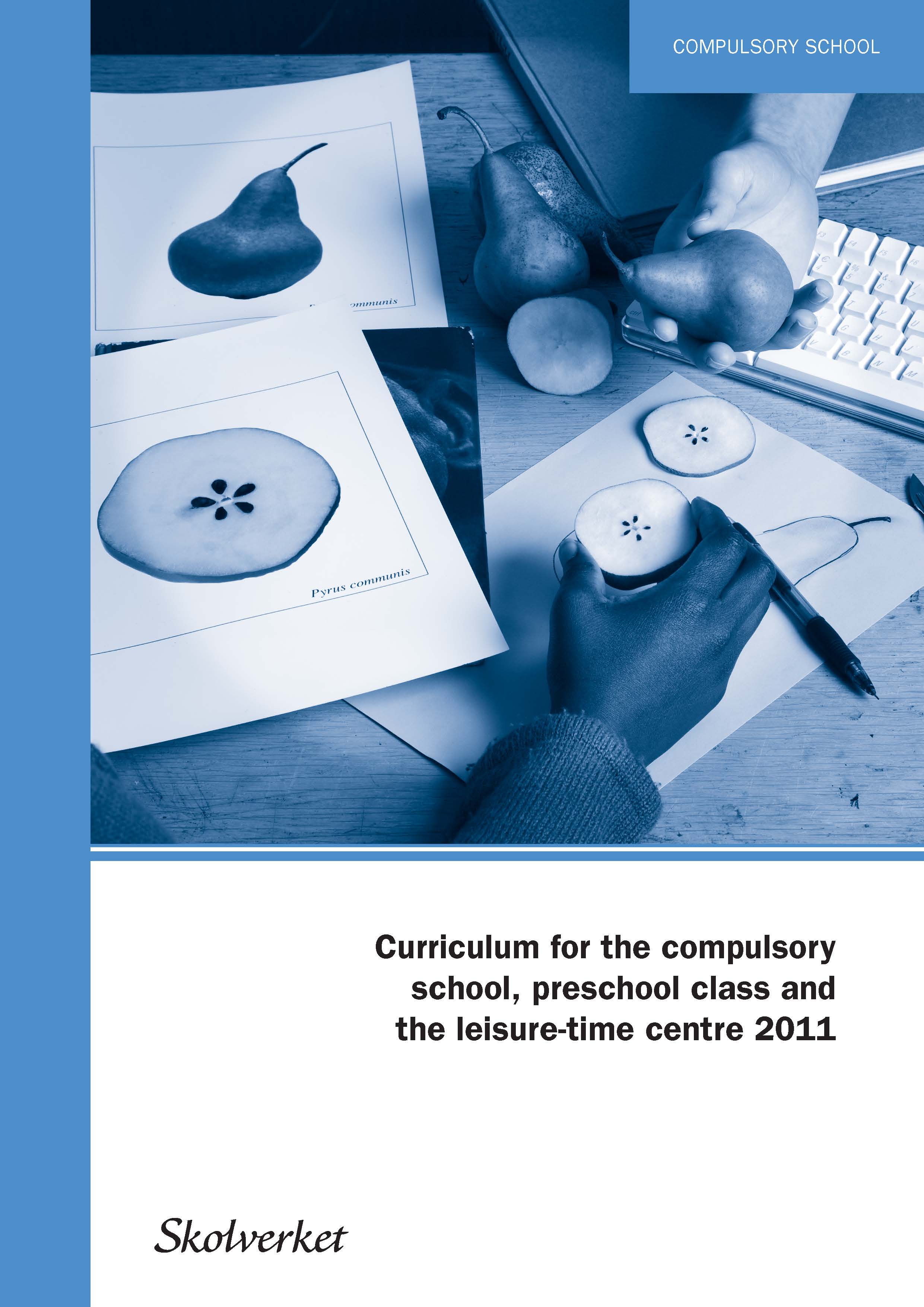Historical Consciousness and History Curricula in Sweden (Per Eliasson)

Being a history teacher in Sweden in the 1980s was not an easy thing. The subject of history was under heavy pressure from school politicians, on both national and local levels, to give up its identity and in the curriculum it had disappeared under the heading Activities of Man – the Perspective of Time. The ideal then was an education with a mix of many different subjects organized under certain themes, e.g., water or friendship. The key phrase was “reality is not organized in subjects.” Although the idea of finding ways to meet new problems, such as environmental issues, with a multifaceted approach was praiseworthy, the result was very often meager and still more fragmentized. The cause of these failures was the usual preconceived assumptions that certain subjects must be involved in the education project at hand, and in order to achieve this, certain narrow themes were chosen. Frustrated by these conditions, some teachers sought their way back to teaching subjects as before, but took a new starting point in questions that called for collaboration with other subjects. At that time a history teacher in a small town in southern Sweden, I collaborated with biology, crafts, chemistry and mathematics teachers in a project spanning 400 years of the forest history of a small village. From this experience of multiperspective education and research grew an interest in environmental history. Moreover, when I started my doctoral studies I chose this as the subject for my research and the topic for my dissertation. The question at stake was why state forestry started in Sweden during the first decades of the nineteenth century. Partial results of this study were published in an article I co-authored with Sven G. Nilsson, “‘You Should Hate Young Oaks and Young Noblemen’: The Environmental History of Oaks in Eighteenth- and Nineteenth-Century Sweden” (Environmental History 7 [2002]: 659-74).
During the 1990s, history as a school subject made its way back into the curriculum, and the new concept historical consciousness was introduced. This concept became the focal point of the developing cooperation among history educators in the Nordic countries, on what was now called history didactics. With the concept of historical consciousness, history as a school subject was opened up to much wider studies of the use of history in many different forms and within various sectors of society. When the government reformed the curricula in both compulsory and upper secondary school in 2011, the concept of historical consciousness became the focal point and organizing principle for history.
The essential competence of historical consciousness, according to the German history philosopher Jörn Rüsen, is narrative competence, which is divided into three competencies: experience connected to content, interpretation connected to form, and historical orientation connected to function. Accordingly, the curriculum was divided into three competencies: to experience the past as history, which means to know something about the past; to interpret what one knows about the past and how one knows it; and to reflect on the use of history in order to orient oneself in the present and for the future. The use of concepts provides students with competence to do this.
 I was the coordinator in the 2011 reformation in compulsory and upper secondary school, with a certain responsibility to develop a line of progression between these two stages. This was a challenge. How can a progression of history over 12 years with the aim to develop students’ historical consciousness be developed? A key factor was using concepts in an increasingly advanced way. For example, concepts such as continuity and change or identity are first introduced in compulsory school, and then structure the teaching of history in upper secondary school. But working with concepts is new to many teachers, and especially challenging is working with the use of history in one’s own life or in society. However, the new national tests, compulsory and optional at different stages, facilitate the implementation by concretizing the new approaches. But they also pose new problems on how to assess progression in history. For example, how can students’ competences in interpretation and sourcing in relation to contextual knowledge be assessed? And what is progression in reflecting on the uses of history? In New Directions in Assessing Historical Thinking, edited by Kadriye Ercikan and Peter Seixas (Routledge, 2015), I and my research fellows present the national test in history and some questions from our research on assessment and progression.
I was the coordinator in the 2011 reformation in compulsory and upper secondary school, with a certain responsibility to develop a line of progression between these two stages. This was a challenge. How can a progression of history over 12 years with the aim to develop students’ historical consciousness be developed? A key factor was using concepts in an increasingly advanced way. For example, concepts such as continuity and change or identity are first introduced in compulsory school, and then structure the teaching of history in upper secondary school. But working with concepts is new to many teachers, and especially challenging is working with the use of history in one’s own life or in society. However, the new national tests, compulsory and optional at different stages, facilitate the implementation by concretizing the new approaches. But they also pose new problems on how to assess progression in history. For example, how can students’ competences in interpretation and sourcing in relation to contextual knowledge be assessed? And what is progression in reflecting on the uses of history? In New Directions in Assessing Historical Thinking, edited by Kadriye Ercikan and Peter Seixas (Routledge, 2015), I and my research fellows present the national test in history and some questions from our research on assessment and progression.
Looking back a decade or so, the school subject of history in Sweden has not only been revived but revitalized. With the concept of historical consciousness and teaching the uses of history, it has also been integrated in society outside school, in a way that makes it a vital part of our history culture. It is probably still not an easy thing to be a history teacher, but today it may be for the right reasons!
- Se connecter ou créer un compte pour soumettre des commentaires
- Français

